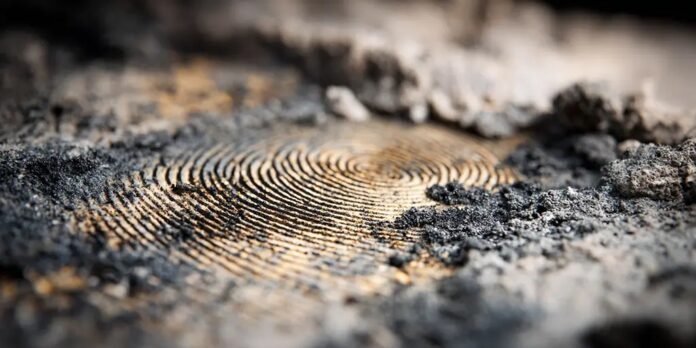In light of the recent Nature study I discussed yesterday in Settled Science Springs a Leak, it’s time to revisit a position I’ve long held—and, it turns out, one that now requires correction. Specifically, the long-standing assumption that carbon isotope ratios (δ¹³C and Δ¹⁴C) provide unambiguous proof that the rise in atmospheric CO2 is almost entirely anthropogenic.
For years, I’ve maintained that anyone challenging the anthropogenic origin of the CO2 increase had to address the isotope fingerprint argument before their work could be taken seriously. Submissions that didn’t engage with the Δ¹⁴C or δ¹³C evidence were declined, often with little further discussion. That confidence, I now recognize, was misplaced.
The recent study, Old carbon routed from land to the atmosphere by global river systems, has fundamentally altered the context in which the isotopic attribution arguments operate. According to the authors, 59% of global riverine CO2 emissions are sourced from old carbon, meaning millennial-aged carbon from deep soils, sediments, or rock weathering—not recently photosynthesized biomass.
These emissions are radiocarbon-dead, lacking the Δ¹⁴C signal, and are often depleted in δ¹³C—precisely the isotopic traits long attributed to fossil fuel combustion. Until now, these natural contributions were omitted from carbon cycle models and largely absent from attribution logic.
“This previously unrecognized release…equates to 1.2 ± 0.3 Pg C year⁻¹… and 41 ± 16% of river CO2 emissions…could contain recent anthropogenic-derived carbon.”
The implication is unambiguous: the very isotopic signatures used to claim anthropogenic dominance in atmospheric CO2 are now also emerging from newly recognized natural processes at global scale. These rivers are essentially exhaling ghosts—carbon that predates the industrial era by centuries or even millennia—and doing so in quantities on par with major biospheric fluxes.
The Isotope Argument Just Got Muddy
The confidence behind isotopic attribution rested on the idea that only fossil fuels could be responsible for the observed depletion in δ¹³C and Δ¹⁴C. This paper shatters that by showing that the Earth has its own large, continuous natural source of isotopically similar carbon.
Previously, isotope-based attribution was treated like a fingerprint match: the crime scene carbon looked like fossil fuel carbon, and fossil fuel emissions matched the rising levels in the air. Case closed.
But now we know there’s another suspect. And he’s been walking around in the open the whole time—we just didn’t test the rivers.
A Second Look, Long Overdue
To be clear, this doesn’t prove the rise in atmospheric CO2 is not anthropogenic. But it does mean that the evidentiary strength of isotopic data as a sole or dominant indicator of that origin is now substantially weaker.
Climate science has always leaned heavily on isotope ratios because they offered a veneer of mathematical certainty. With the carbon mass balance deeply uncertain, and the models riddled with arbitrary assumptions, the isotopes offered something that looked solid.
Now that, too, is compromised.
To those contributors whose submissions I rejected on the basis that they did not sufficiently address the isotope argument: I owe you an apology.
You raised objections in good faith. Many of you suspected that natural processes were more complex and underappreciated than the models allowed. This paper has proven that instinct correct. You didn’t need to disprove the Δ¹⁴C narrative outright; you simply needed the science to catch up to the question.
It just did.
Confidence Requires Humility
This study is a stark reminder that confidence in science is no substitute for humility in the face of uncertainty. That applies as much to editorial policy as it does to modelers, activists, or policymakers. In this case, the error was not in demanding rigor—but in assuming it had already been achieved.
Carbon isotope ratios remain valuable tools, but they are no longer unimpeachable witnesses. They are part of a broader, far more uncertain picture of how carbon moves through the Earth system—a picture we now know was missing a major river-fed chapter.
A Final Word
The takeaway is simple: no one gets to claim the science is settled when it just got rewritten.
And so, to every researcher, independent thinker, or persistent submitter who brought forth alternative views and was met with the standard rebuttal—“Come back when you’ve dealt with the isotope ratios”—you were due more openness than you received.
For that, I offer a strong, clear, and unreserved apology.
Related
Discover more from Watts Up With That?
Subscribe to get the latest posts sent to your email.



